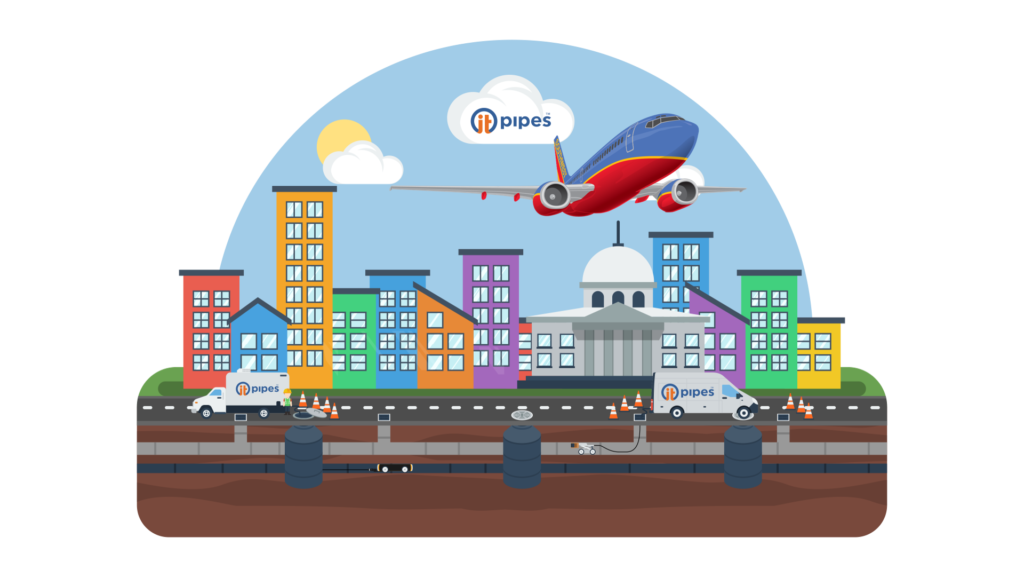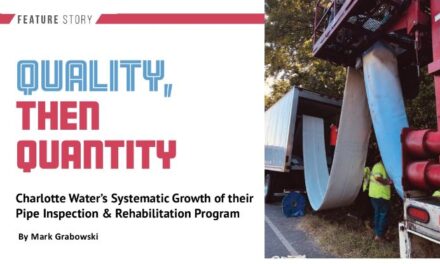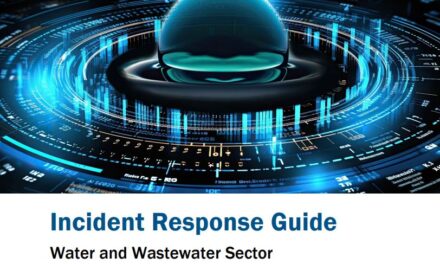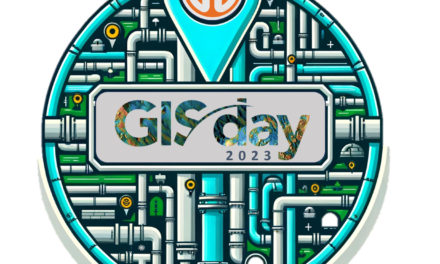
Ignoring the problems will only make them worse.
By now almost everyone has seen the images of millions of travelers and their luggage, stranded on Christmas weekend 2022, as Southwest Airlines experienced a major meltdown. Most of the US faced unprecedented cold weather and snow, however, none of the other major airlines faced significant cancellations. Why was this catastrophe limited to Southwest Airlines?
The answer seems to lie in the decades-old crew scheduling systems and software that Southwest has refused to update. Southwest has been aware of this issue for many years and has refused to listen to update requests from their pilots and flight attendant unions. It appears this system was a house of cards waiting to fall, and the weather on Christmas weekend 2022 was just the breeze it took to knock it all down.
This isn’t Southwest’s first technology-related meltdown. In July 2016, Southwest Airlines experienced a computer system outage that caused widespread flight delays and cancellations. The issue was caused by a failure in the airline’s router, which led to a cascade of problems including the failure of multiple systems that rely on the router. There was no redundancy.
What can the water and wastewater industry learn from Southwest’s mistakes? As the smoke clears, the answers and lessons will be plenty, but right now, let’s take a glance at what we can glean.
Rip off the Band-Aid. Before a municipality can invest in public infrastructure, they need to invest in internal infrastructure. Spending money and implementing software & IT equipment can be expensive, burdensome, and sometimes painful. But the realization is that we can only kick the can down the road so far. Without proper data and asset management resources in place, it’s only a matter of time before disaster strikes. When it does, the best-case scenario is that it’s embarrassing and expensive. The worst-case scenario can involve loss of private property or life.
Desktop software doesn’t age well. Software as a Service (Saas) helps avoid antiquated software scenarios. First, the SaaS provider is responsible for maintaining and updating the software, which alleviates the burden for in-house IT teams and assures clients of the latest version of the software. Second, SaaS applications can be accessed from any device with an internet connection, making it easy for employees to work remotely or from multiple locations. Third, SaaS applications can often be easily integrated with other software tools and systems, streamlining workflows and increasing efficiency.
On-premise servers might not be your best option. Many agencies are realizing that cloud servers can help keep things running smoothly. The first advantage is disaster recovery. Cloud servers are easily set to be backed up in multiple locations. So, in case of a disaster or outage, business operations can continue without interruption. The second advantage is scalability. Cloud servers can be easily scaled up or down to accommodate changes in demand, making it easy for agencies to adjust their resources as needed. And let’s not forget about security. Cloud providers like AWS often have robust security measures in place to protect customer data and ensure compliance with regulations. Lately, many municipal agencies have been the target of ransomware. In ITpipes’ experience, it was only clients who were using on-premise servers who had damages from the ransomware.
As Eleanor Roosevelt said… “Learn from the mistakes of others. You can’t live long enough to make them all yourself”.
As 2023 rolls in, don’t make the same mistakes you were making in 2022. Interested in seeing how ITpipes has helped hundreds of municipal agencies avoid their own disaster? Schedule a virtual demonstration.




